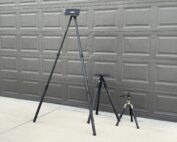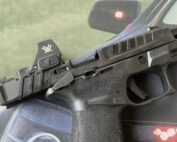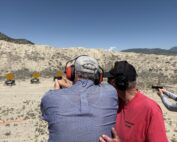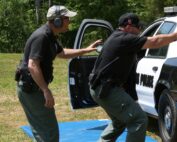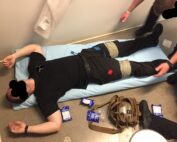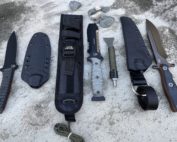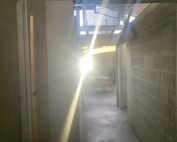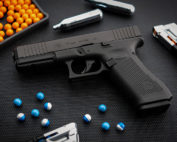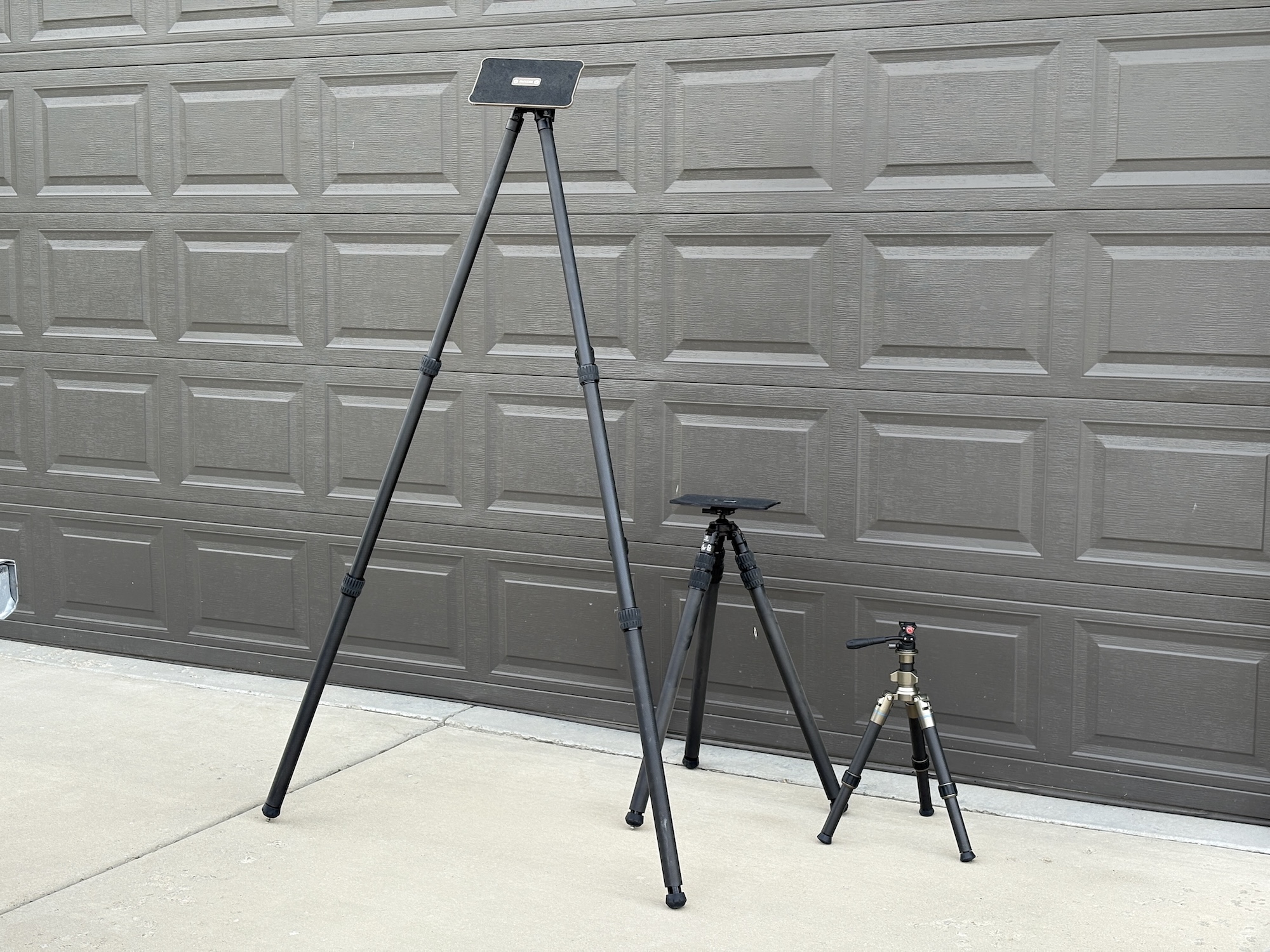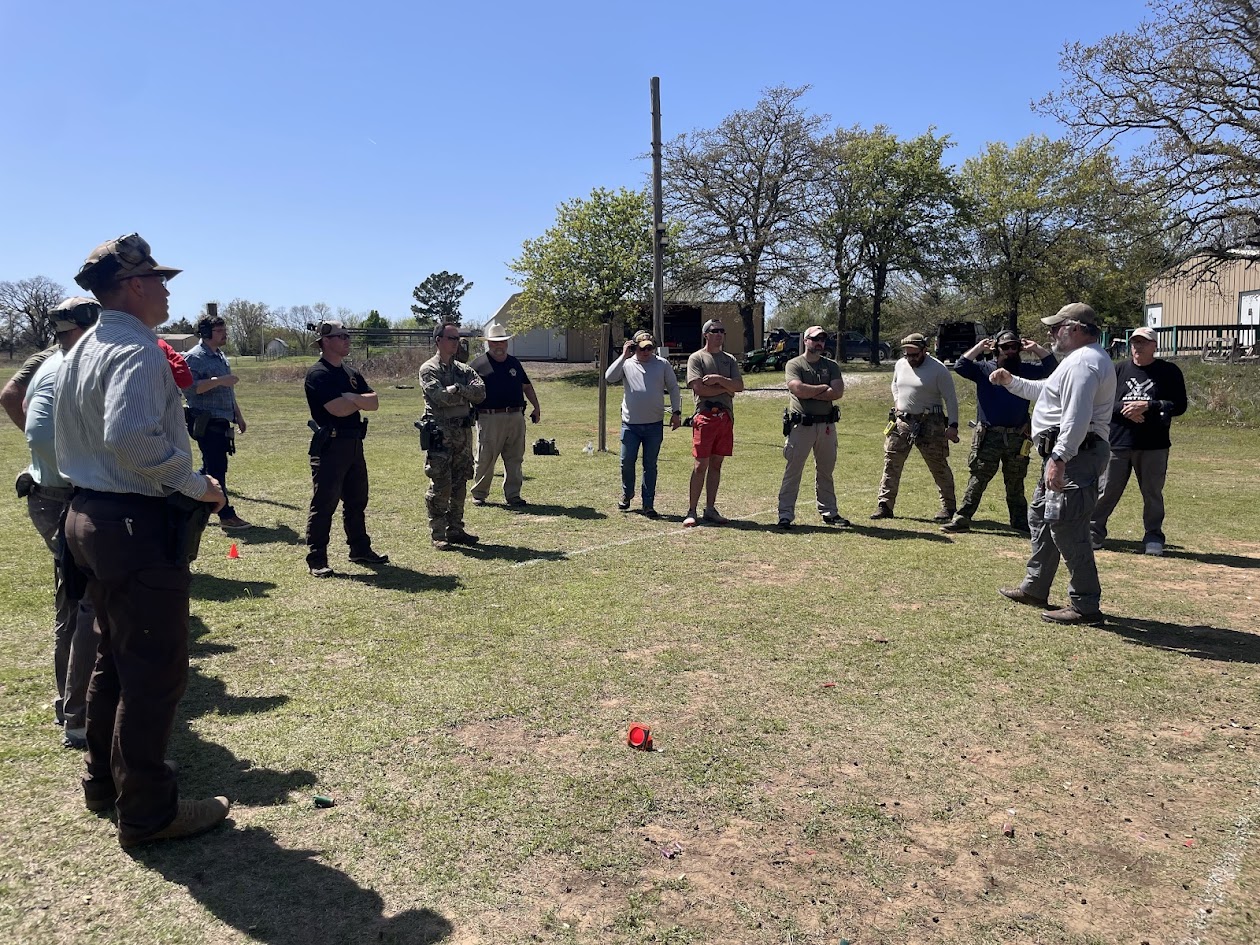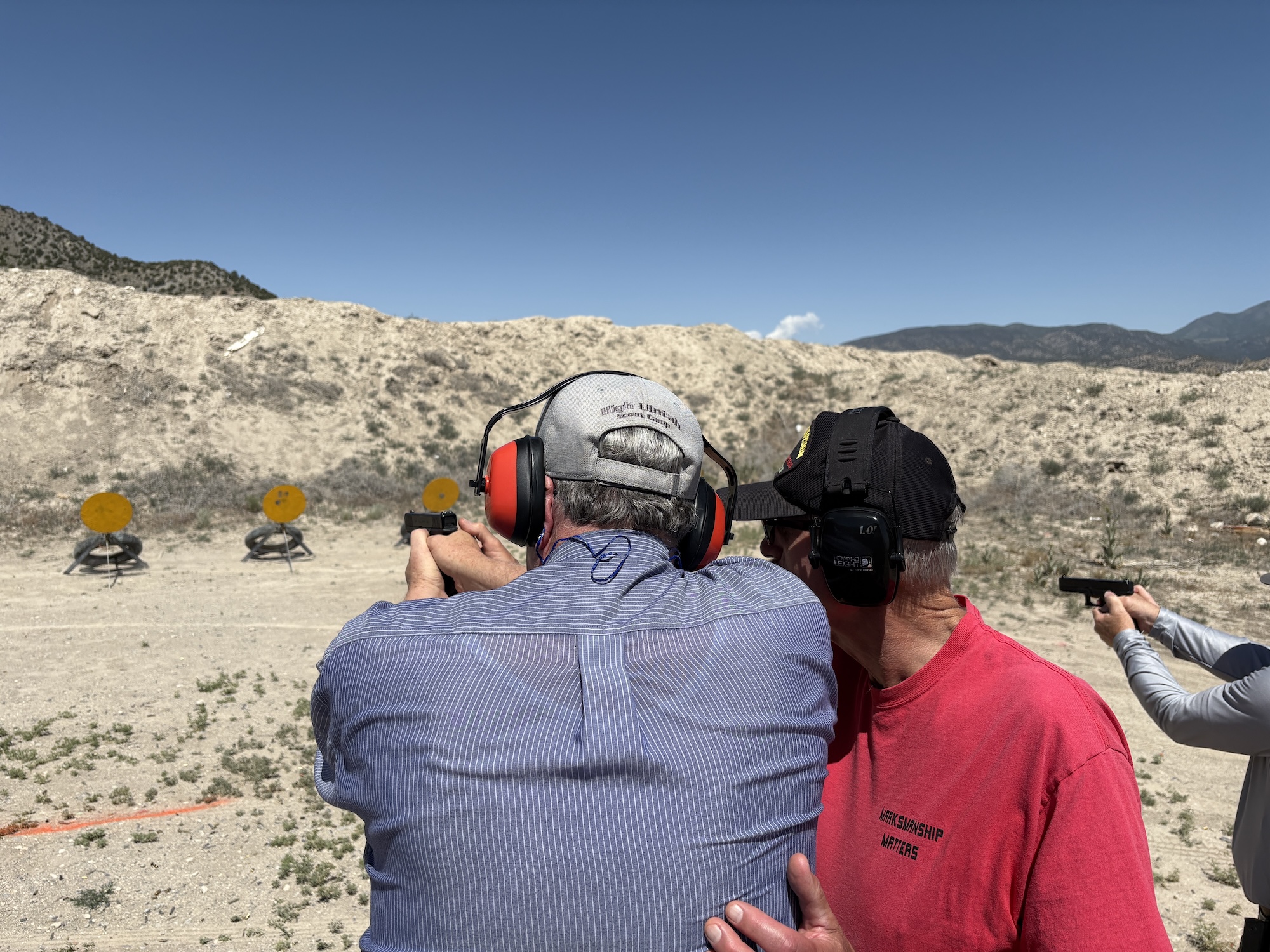
feature2025-04-06 at 9.36.26 PM 3
Fun and math are two words that rarely intersect in my world. However, you need to step out of your comfort zone and try something different.
PRS
Before I retired, one of my guys frequently talked about his PRS (Precision Rifle Shooting) hobby. While it was an interesting conversation over coffee, it was not my world. Fast-forward a few years, and I live in a far more firearms-friendly place with a wider variety of ranges.
I was introduced to a local business – Next Shot Precision – that sells optics mounts for my shotguns. However, the business focuses on long-range accuracy. In talking with them, I learned they teach an introductory precision rifle class. They will rent you the rifle and equipment needed for the class. That is a solid business decision because, a) I’m not buying those things until I know if I will enjoy PRS, and b) they are teaching the material with equipment that will make it through the class.
Friday Night
The class was done in two parts. The first was in Next Shot Precision’s Orem, UT classroom. The lead instructor, Hunter Dean (his given name), gave the classroom presentation. His background is hunting and competition rather than tactical – which is just fine. The material included body position, including natural point of aim (NPA), actively driving the gun, sights, breathing, and the trigger press. He talked us through setting up the rifle from one end to the other – everyone used suppressors in the class. The portion on external ballistics was solid. When he addressed equipment and accessories, he gave multiple options rather than just one.
Context is Triggering
Trigger manipulation can create a lot of discussion across shooting disciplines. For PRS, Hunter recommends pinning the trigger after the shot until you’ve finished observing. Heresy in the handgun world. I had the chance to ask him about finger placement. In a pre-deployment shooting package years back, my finger placement was shifted from the first pad to the second. Hunter advocates for the first pad with the finger bent at a 90-degree angle with these rifles.
Equipment
For the class, I shot an Aero Precision Solus action chambered for 6.5mm Creedmoor. The KRG X-Ray chassis had Next Shot Precision’s Alpha forend and a Trigger Tech trigger. The optic was an Athlon Area ETR 4.5-30×56 scope with a PR2-like reticle.
After the lecture, the instructors worked through every shooter’s rifle and optic. With the rifle on a tripod, you mounted the stock repeatedly until they could identify where your eye relief was. Then, they adjusted the scope and rings until the optic was in the best place for you.
Saturday Morning

My equipment is an Aero Precision Solus in 6.5 Creedmoor, in a KRG XRay chassis / Alpha forearm, under an Athlon Ares ETR 4.5-30×56 optic. The shooting mat is from Dillon Precision, the sandbags are from The Wilderness, with a Riton Optics ED15-45×60 spotting scope on a FieldOptics ProMax Ultra Ground tripod.
On the hour-plus drive to the range, the lowest temperature was 21 degrees F. And the fog was freezing on the windshield.
It was so foggy that if the instructor had not described his truck, I would have driven by the range without stopping. I could see his truck, but not the barricades and firing line—never mind the targets at a distance.
Once everyone was there, Hunter re-visited his safety brief. There was an interesting addition to it regarding working the action and movement. He referred to it as skyloading. Because of the weight (light) and length (short) of the trigger press, there is concern about a cocked rifle with a chambered round. Now, some would say to use the mechanical safety. I would agree if the safety was even somewhat ergonomic. Some of these rifles had an AR-15-style safety while others had a safety lever located at the rear of the action. The solution is to run the bolt rearward after a shot, extracting and ejecting the spent case. Then, leave it back and open until you have gotten into your next position. You close the bolt when you see the target in the glass.
We zeroed our optics at 100 yards, using five- and three-round groups. That started our learning to work with the reticle while adjusting focus and parallax. I shot Hornady American Gunner 140grain Boat Tail Hollow Point (BTHP) in 6.5 Creedmoor throughout the class.
Chrono
Simultaneously, we were gathering chronograph data for our rifle ammunition. I recently bought a Garmin Xero C1 Pro chronograph for various projects. It made me glad to see I was using the same chronograph as everyone else.
Audibles
Remember the fog? Well, it hung around for quite a while. That caused a change in plans. After working a variety of positions – prone, standing, high and low kneeling – we moved into a mini-match stage. It was a 200-yard shooting problem and was our first attempt to use the GeoBallistics program for adjustments. We worked, laterally, from a low kneel to a high kneel, moving again, shooting a high kneel, then a low one. We were on the timer as well. The fastest shooter in the class, an avid hunter, finished in about half my time.

The shooters entered the distance & weather into their ballistic programs, made the recommended adjustments, and shot. They were then given adjustments based on those bullet impacts.
Next, it was time to gather data and compare it to the GeoBallistics program information. We did that by shooting targets at 400, 600, 800, and 1000 yards. The instructors spotted for us and gave adjustments based on the shot’s impact.
We finished the shooting portion by running a KYL Rack for time with a limited number of shots. For those not familiar with KYL, think of an upside plate rack with each target decreasing in size. The eventual winning effort was not in any danger from me.
Next Shot is developing a PR2 class focusing on more positional work and practical application.
Final Thoughts
Not all of your shooting needs to be serious. Really. I enjoyed this class because it challenged me, it was new to me, and I did not expect to even be tolerable at it. If you teach, absolutely take a class in a field or subject that you aren’t comfortable with. Then, apply what you did, heard, and saw to the classes you are teaching.
RESOURCES:
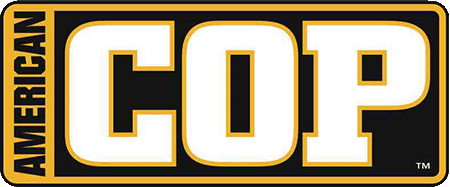

 (+6 rating, 6 votes)
(+6 rating, 6 votes)




